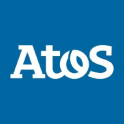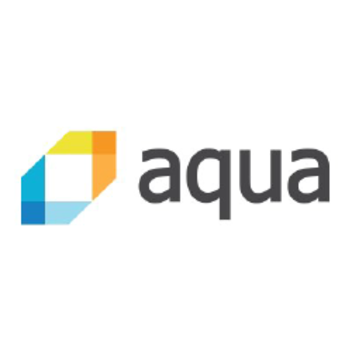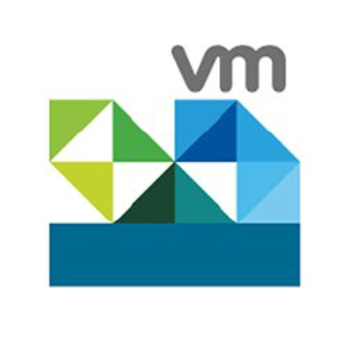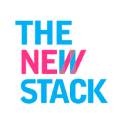Container Basics
Resources about the basic concepts of container technology - what are containers and their advantages, containers in the context of agile software development and DevOps, container challenges, and how containers interact with IT infrastructure like public and private clouds.
Below we have compiled publicly available sources from around the world that present views on Container Basics.
The Container Security book by Liz Rice
Fundamental Technology Concepts that Protect Containerized Applications
Perspectives on Container Basics
How to Get Started with Containerization
Given how truly disruptive containers are, it’s easy to get excited and want to go all in. But people should define their short and long-term objectives and build in the runway needed to acclimate to containers and the culture that surrounds them.
The Story of Containers
Containers and their use in modern day high-performance cloud-native apps have generated a lot of hype recently. Learn about the history behind the tech!

atos.net

Best Practices for Operating Containers
cloud.google.com

missioncriticalmagazine.com

Containers - From the Origins to Docker
criticalcase.com
Container Best Practices

Forrester’s Overview Of 24 Container Security Providers
info.aquasec.com

7 Best Practices for Building Containers
cloudplatform.googleblog.com

labs.sogeti.com
Docker Basics

Kubernetes? Docker? What is the Difference?
containership.io

Docker Containers and Clustering/Orchestration
metaltoad.com

Docker Basics - Finding an Image and Running a Container
rskupnik.github.io

Docker Container Basics: An Operations Guide
nebulaworks.com
Training
Further Reading
- Container Architecture — Resources on building blocks of a container architecture, and architectural options organizations face when using containers for application development.
- Advantages of Containers — Resources about the advantages of containers for developers and ops, including immutability, utilization, portability, performance and scalability.
- Container Challenges — Containers are quickly becoming popular as a way to speed and simplify application deployment. However, while developers often find it fast and easy to deploy containerized applications, experts say that enterprises sometimes run into unexpected challenges when deploying containers in production. This page gathers resources about some of the major challenges in container adoption and how to overcome them.
- Containers and IT Infrastructure — Information technology infrastructure is composed of physical and virtual resources that support the flow, storage, processing and analysis of data. This page gathers resources about the combination of containers and IT Infrastructure like hybrid clouds, private clouds, data center and more.
- Enterprise DevOps — Large enterprises have bigger teams, more inherent operational complexity, and greater governance controls. Therefore, they need a different type of DevOps that caters to their sensibilities and not those of agile web startups. This page gathers resources about DevOps practices for large organizations.
- eBPF — eBPF – extended Berkeley Packet Filter – is a Linux-native in-kernel virtual machine that enables secure, low-overhead tracing for application performance and event observability and analysis. eBPF delivers a lot more than network packet information, it can offer the deep visibility for cloud-native and container environments, from host and network data to container processes, resource utilization, and more.
- eBPF Linux — eBPF (Extended Berkeley Packet Filter) is a Linux-native in-kernel virtual machine that enables secure, low-overhead tracing for application performance and event observability and analysis. eBPF enables programmers to write code which gets executed in kernel space in a more secure and restricted environment. This page gather resources about eBPF on Linux and tutorials.










